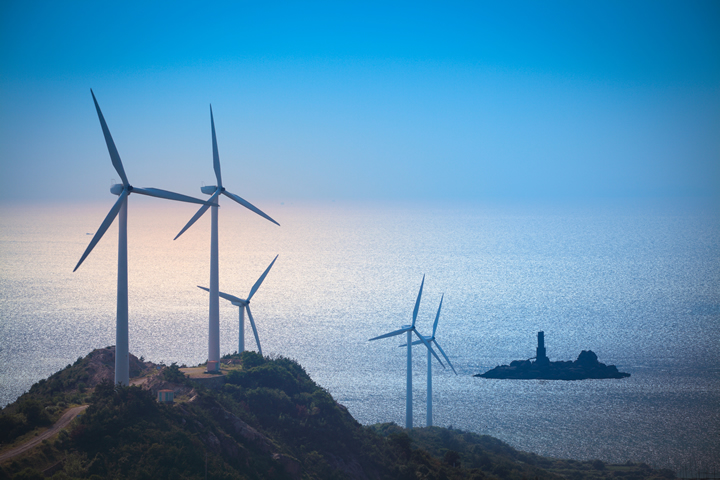Climate Transition Risks Impacting Global Shipping
Decarbonization: charting a course through uncertain waters
The decarbonization of shipping, responsible for 3% of global greenhouse gas (GHG) emissions, is crucial for climate change efforts. The International Maritime Organization (IMO) has set a series of ambitious targets for reducing GHG emissions from ships, ultimately aiming for net zero around or close to 2050. In April 2025, it approved the world’s first net-zero framework to combine mandatory emissions limits and GHG pricing across an entire industry sector, although the decision faced opposition from petro states, as well as the US which withdrew from the climate talks altogether and threatened to retaliate against any fees imposed on US vessels.
On one hand, sustainability efforts and commitments in large parts of the world continue to increase, but on the other, contrasting views on climate change and the energy transition will only increase uncertainty for shipowners, who will be planning investments and placing orders for vessels that will be delivered and operating in the years ahead, potentially making it harder for the shipping industry to meet its targets.
Despite this uncertainty, the shipping industry will continue on its decarbonization trajectory, given there are many factors driving the energy transition, and a large part of the world is still aligned on the need to work towards net zero targets.
Transparency key to addressing risks of alternative fuels
The timely adoption of alternative fuels, such as LNG, ammonia, methanol and hydrogen, is central to achieving the shipping industry’s GHG emissions targets. As part of the IMO GHG emissions strategy, the shipping industry aims to have at least 5%, but striving for 10%, zero and near-zero GHG emission fuels in use by 2030. There is much work to do to achieve such targets, as well as concern in some quarters that geopolitical unpredictability and uncertainty over the best options going forward may slow the uptake.
In the long term, the transition is likely to have significant implications for both the risk landscape and marine insurance policies, with particular concerns around fire safety, specialized equipment failure, crew competency and environmental liabilities. It could also make for more expensive machinery breakdown claims, already the leading cause of shipping incidents, as modern machinery becomes more sophisticated with measures to reduce emissions, such as the adoption of dual fuel engines.
It could also be harder to find repair yards for vessels using modern machinery, while spare and replacement parts may take longer to order, as there will be fewer manufacturers. Allianz is actively engaging with clients to monitor and assess usage and risks of alternative fuels, ensuring a comprehensive understanding of potential scenarios for machinery breakdown and engine risks.
Lithium-ion battery risks continue to develop in the electrification age
Electrification of the global economy is spurring lithium-ion battery demand, with the market projected to hit $322bn by 2030, more than double its value in 2024, driven by electric vehicles and renewable energy transitions.
However, such growth poses risks for shipping and supply chains. Recent fires at battery facilities highlight potential industry dangers while maritime concerns are rising, with incidents on vessels at sea and at US and Canadian ports. The significant increase in demand of BESS (battery energy storage systems) and the transportation of such units over sea and land adds another dimension to battery risks. While inherently more stable they still pose a great risk in case of fire, and they are able to store huge amounts of energy.
The June 2025 Morning Midas fire off the coast of Alaska is just the latest example of the risks posed when transporting electric vehicles. While the cause of the fire is still under investigation, the 600-foot car carrier was transporting 3,159 vehicles, including 65 fully electric vehicles and 681 partial hybrid electric vehicles, from Yantai, China to Lázaro Cárdenas, Mexico. Irrespective of the cause of fire, there is always a very high probability of a thermal runaway happening if EV or Li-Ion batteries are caught in a fire. It is widely accepted that such fires burn with extreme intensity and are much harder to extinguish.
Companies and their insurers are focused on the risks posed to shipping and related supply chains. There is considerable work in progress to understand them and how they can be mitigated, for example, around fire detection and prevention, and how fires are best tackled, as well as development of risk controls, ensuring corrective action can be taken before reaching a critical state.
To read Allianz Commercial’s 2025 Safety & Shipping Review, please visit: Safety and Shipping Review
Comments (0)
This post does not have any comments. Be the first to leave a comment below.

